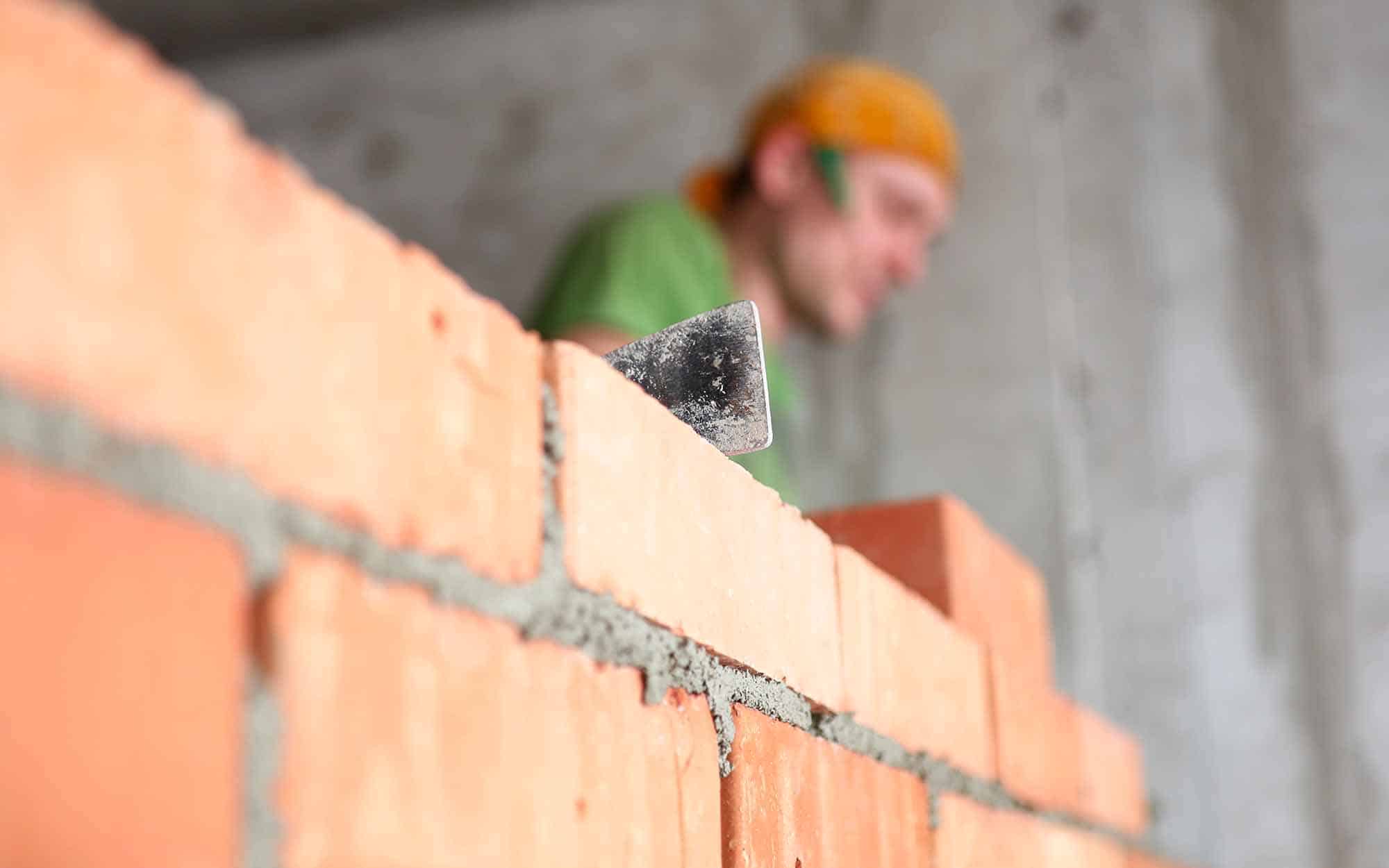High Quality Paver Installation Services to Change Your Outdoor Area
High Quality Paver Installation Services to Change Your Outdoor Area
Blog Article
Unlocking the Keys of Sustainable Masonry Building Practices for Eco-Friendly Structures
Amongst the myriad approaches to green structure, lasting masonry building stands out as a time-tested and durable approach that holds a wide range of untapped capacity. From the choice of products to ingenious construction methods, the tricks to accomplishing sustainability within masonry building and construction are complex and appealing.
Advantages of Sustainable Masonry Building
Welcoming sustainable stonework building and construction practices not just reduces environmental effect yet also uses lasting financial benefits to builders and neighborhoods. By using products like recycled blocks, obstructs, and stones, contractors can substantially decrease the carbon footprint of their jobs while advertising source performance. Additionally, sustainable masonry building methods, such as proper insulation and thermal mass residential or commercial properties, can boost energy effectiveness within structures, causing lowered functional prices over time.
Furthermore, the longevity and strength of stonework frameworks add to long-lasting economic benefits. Structures constructed making use of lasting stonework methods typically need less maintenance and fixing, converting to cost savings for contractors and homeowner. The long life of masonry materials also ensures that frameworks stay steady and protected, lowering the demand for frequent renovations or substitutes.
Eco-Friendly Masonry Materials
Making use of environmentally friendly stonework products is a critical action in the direction of enhancing the sustainability of building and construction techniques and reducing ecological influence while optimizing lasting economic benefits. Sustainable stonework products are sourced, produced, and utilized in a way that minimizes overall environmental effect. Lasting concrete blocks integrate recycled aggregates and might include enhanced insulation residential or commercial properties, contributing to energy effectiveness in structures.
Furthermore, natural materials like adobe, rammed earth, and straw bales offer exceptional thermal mass buildings, reducing the need for heating and cooling energy. These materials are frequently locally available, promoting local economies and reducing transportation-related carbon discharges. By selecting environmentally friendly masonry materials, building and construction tasks can significantly reduce their ecological footprint and add to the production of much healthier, much more sustainable built settings.
Energy-Efficient Stonework Strategies
Energy performance plays an essential role in enhancing the sustainability of stonework construction methods. By applying energy-efficient masonry techniques, home builders can dramatically reduce the overall power intake of a building, bring about reduced functional prices and a smaller environmental impact. One crucial energy-efficient masonry strategy is the usage of thermal mass, which involves including dense products like concrete or brick right into the building's framework to take in and save warm. This helps control interior temperatures, minimizing the need for mechanical home heating and cooling systems.

Innovations in Lasting Stonework
Current developments in sustainable masonry practices have produced cutting-edge methods that are reshaping the construction industry. One such advancement is the advancement of self-healing concrete, which utilizes microorganisms embedded within the concrete to heal cracks autonomously. This innovation not only minimizes upkeep expenses but likewise improves the toughness of stonework structures, contributing to their sustainability.
An additional remarkable innovation is the use of recycled accumulations in masonry building - masonry contractor. By incorporating products such as crushed ceramic waste or recycled glass into concrete mixes, contractors can minimize the environmental impact of building and construction jobs while preserving architectural stability. This practice not just draws away waste from garbage dumps however also preserves natural deposits, making it a crucial development in lasting stonework construction
Moreover, the assimilation of digital layout tools, such as Structure Info Modeling (BIM), is changing the method stonework structures are intended and constructed. BIM enables even more precise computations, reduced product wastage, and enhanced power efficiency, inevitably resulting in even more sustainable structure techniques. These technologies collectively represent an encouraging future for sustainable masonry building read the article and construction in the era of eco-friendly buildings.
Future Trends in Stonework Sustainability
With the innovative strides made in sustainable masonry techniques, the future patterns in stonework sustainability are poised to additional change the building industry. One of the essential patterns forming the future of stonework sustainability is the increased combination of modern technology. Advancements such as Building Details Modeling (BIM) and digital reality simulations are being used to enhance stonework building and construction procedures, leading to decreased material waste and improved power effectiveness in structures.
Additionally, the advancement of unique lasting products is established to play a substantial duty in boosting the eco-friendliness of stonework construction. masonry contractor. Developments like self-healing concrete, recycled aggregates, and bio-based binders are gaining traction for their ability to minimize ecological influence while maintaining architectural stability

Verdict
In verdict, sustainable masonry building and construction practices provide countless benefits for environment-friendly structures. masonry contractor. Developments in lasting stonework are continuously being established to additionally enhance the environmental performance of structures.
Report this page